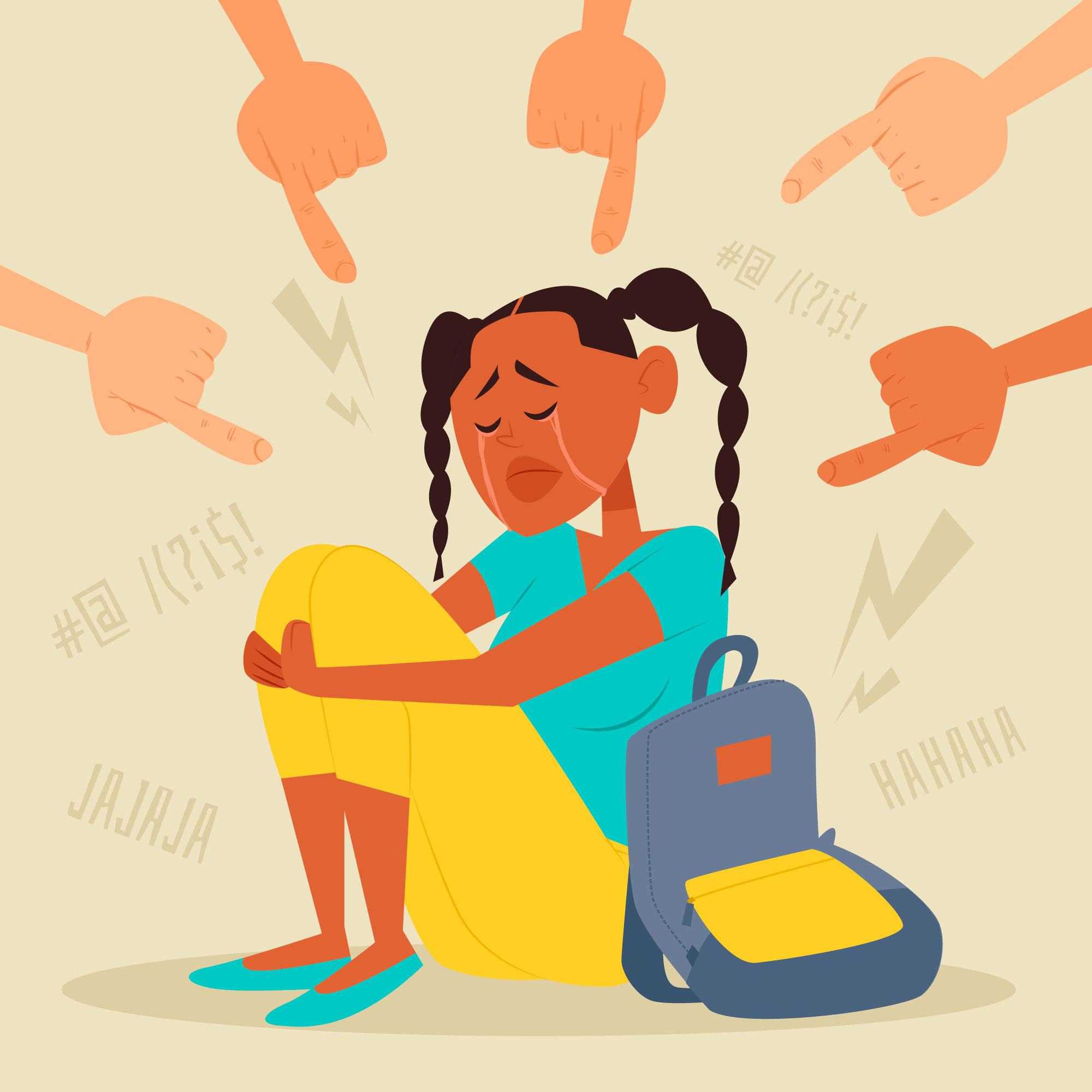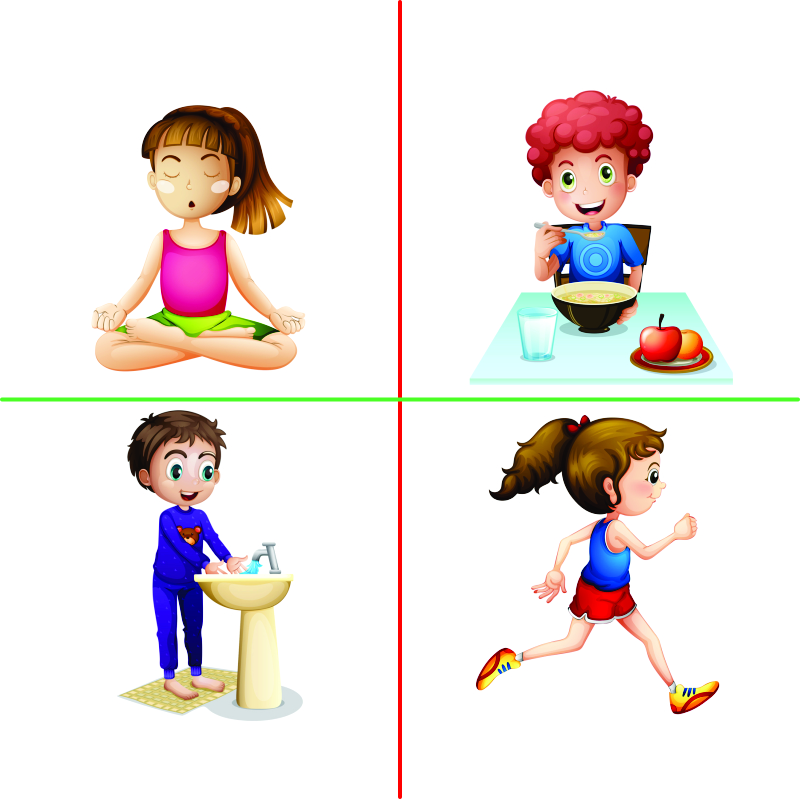Peer learning is where students interact, share knowledge and support each other aka “tu mera bhai mai tera bhai” it can take various forms, such as group discussions, peer tutoring, collaborative projects, or study circles. The focus is not only on academic success but also on developing critical soft skills like communication, team work and empathy. In other words it can be said that kids learn from each other effortlessly which is also called Active Learning. So why not turn this effortless experience into something productive.
Some scientifically proven learning methodologies among peers
Peer tutoring
How it works: - A more knowledgeable student tutors less experienced friends.
Study shows that tutor reinforce their own knowledge while learner gains a better understanding through simplified explanation.
Collaborative Learning
How it works: - Small groups of students work together to solve problems, complete tasks or discuss concepts.
The social constructivist theory (Vygotsky, 1978) suggests that learning occurs when students engage in meaningful dialogues.
Reciprocal teaching
How it works: - Students take turns leading discussions about a concept, using strategies like summarization, questioning and prediction.
Developed by Palincsar and Brown, 1984, this method improves reading comprehension and critical thinking.
Think-Pair-Share
How it works: - Students think about a question, discuss it with a partner, and then share findings with their class.
Researcher (Lyman 1981) indicates that this strategy improves participation, comprehension and retention.
Here are some of the benefits of peer learning
Enhanced understanding- teaching a concept enforces the student-teacher’s understanding but when students explain concepts to their peers, they break down complex ideas into simpler terms, benefiting both the explainer and the listener.
Active participation- peer learning encourages active engagement. Students are more likely to ask questions, express doubts, and explore solutions when studying with friends.
Improved communication skills- collaborative learning improves students ability to listen actively and respond constructively, which is crucial for learning beyond fundamental design of classroom learning.
Builds confidence- when students share their knowledge and receive positive feedback from peers, it boosts their self-esteem and motivation to learn more.
Preparation for real- world challenges- peer learning mirrors real-world scenarios where teamwork and collaboration are essential. It equips students with the skills needed to thrive in professional and social settings.
Tips for implementing Peer Learning
Create a safe environment- ensure students feel comfortable with each other and are comfortable sharing ideas without fear of judgment.
Encourage collaboration- give them chances to talk about real life learnings and assign diverse tasks to foster new learning experiences.
Monitor progress- facilitate and guide discussions to ensure the accuracy of information being shared.
Celebrate success- acknowledge and reward their collaborative efforts and motivate students.
Conclusion-
Peer learning is the proof that “we learn better together” by tapping into the wisdom of students teachers can create a learning environment that is engaging, inclusive, effective and effortless. Let’s encourage students to be co-creators of knowledge, helping each other GROW academically, emotionally and socially.




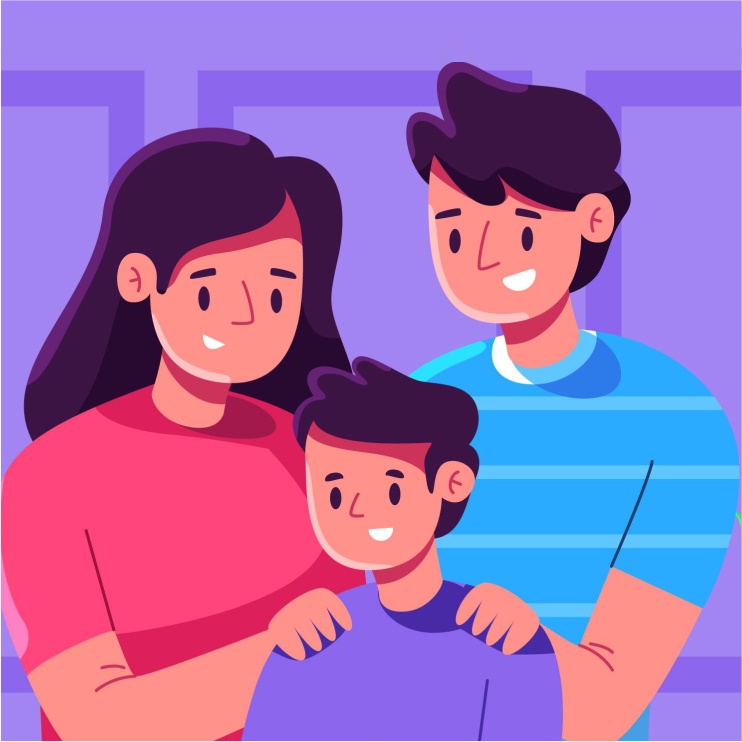

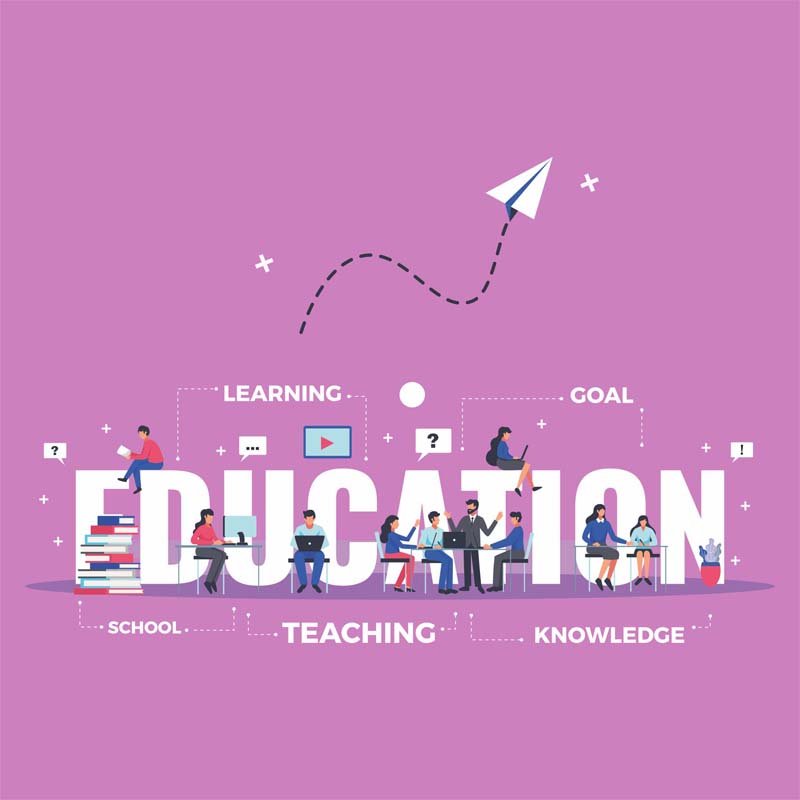

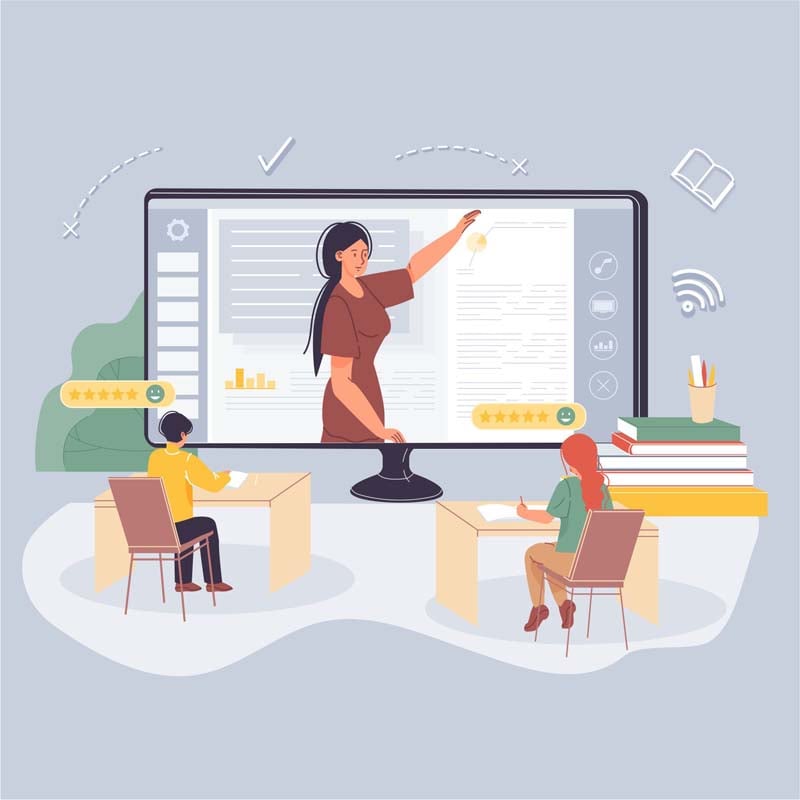
.jpg)
